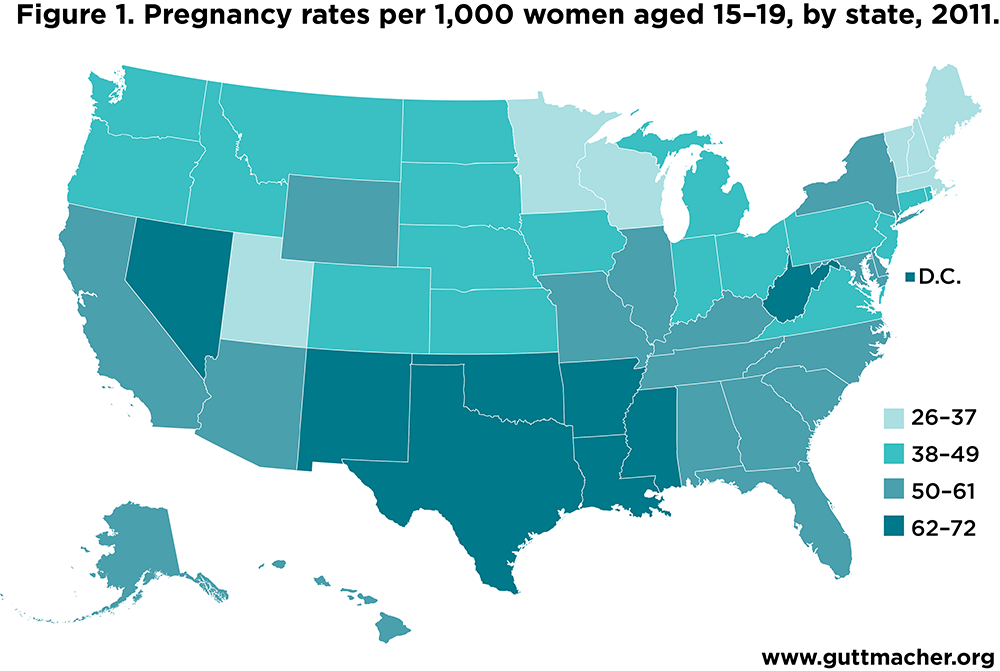This publication has been updated. Please see here for the latest version.
This report contains statistics for 2011 on U.S. rates of teenage pregnancy, birth and abortion, and on numbers of teenage pregnancies, births, abortions and miscarriages, all by state. It also includes population counts and trends in each state’s teenage pregnancy, birth and abortion rates, as well as abortion ratios, for selected years between 1988 and 2011. The report concludes with a discussion of the methodology and sources used to obtain the estimates.
